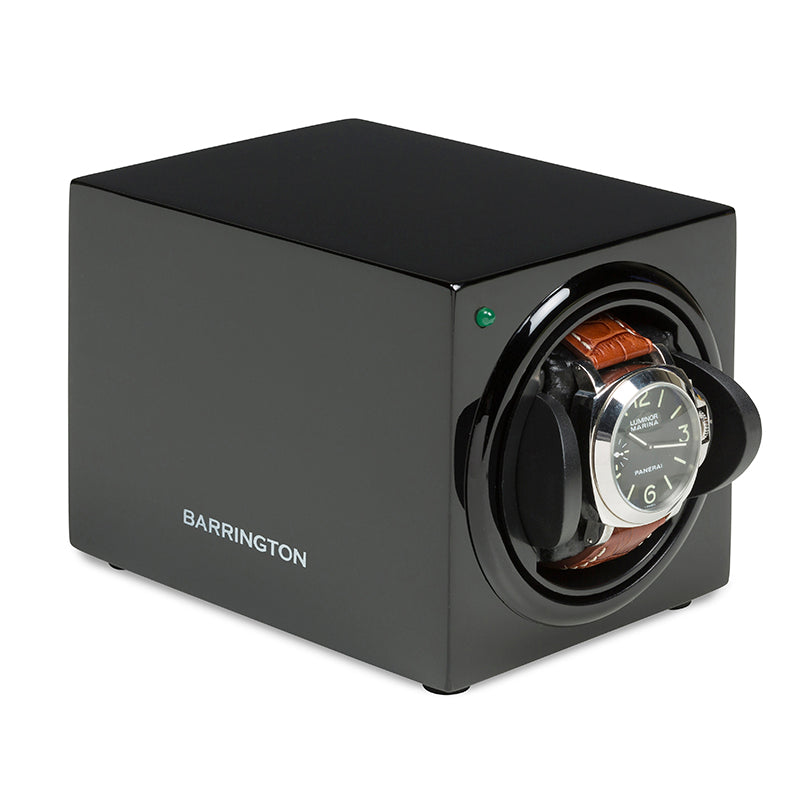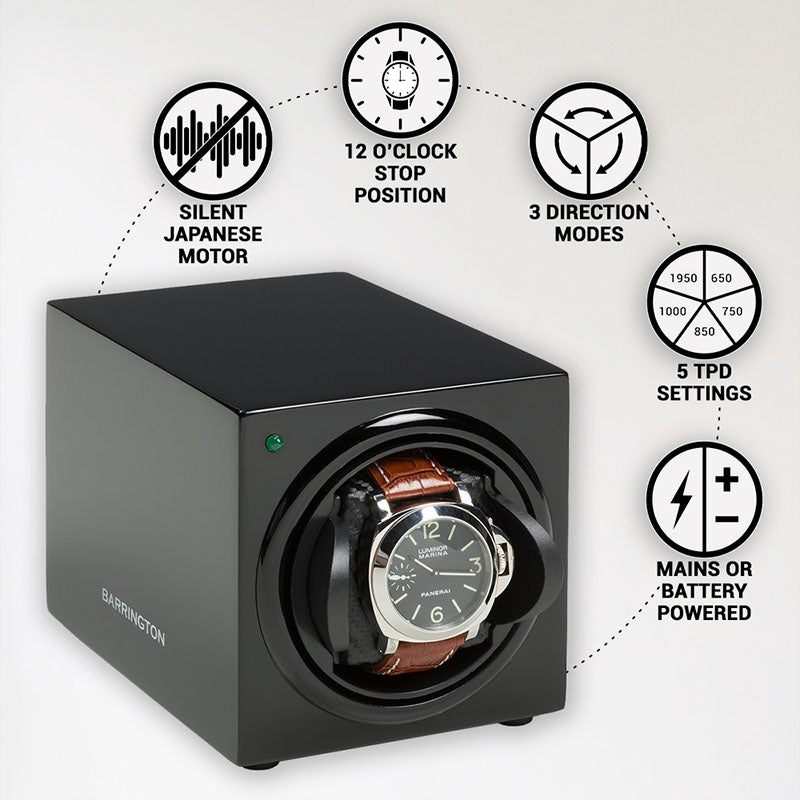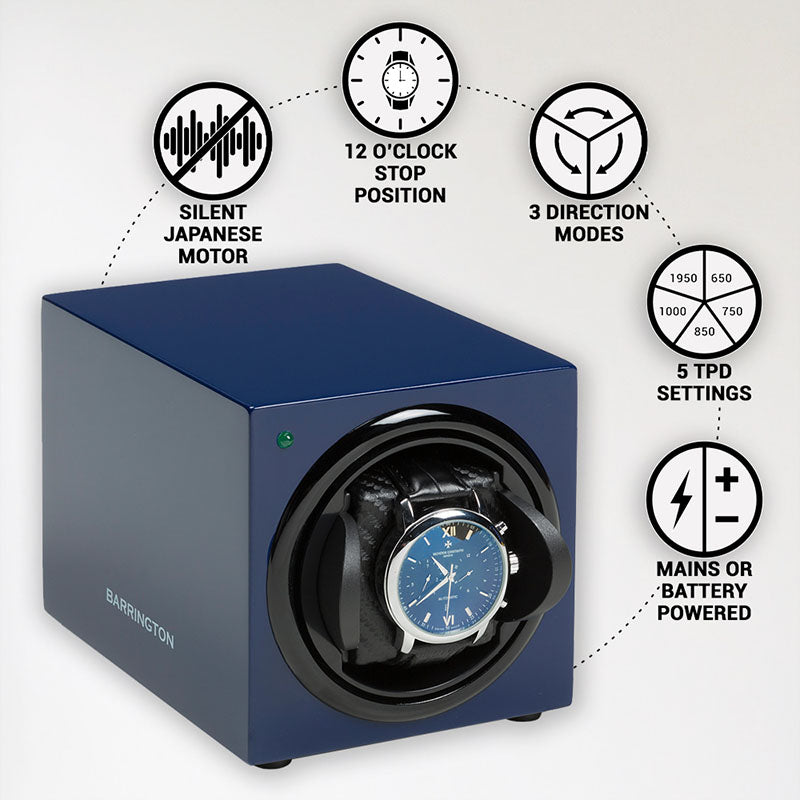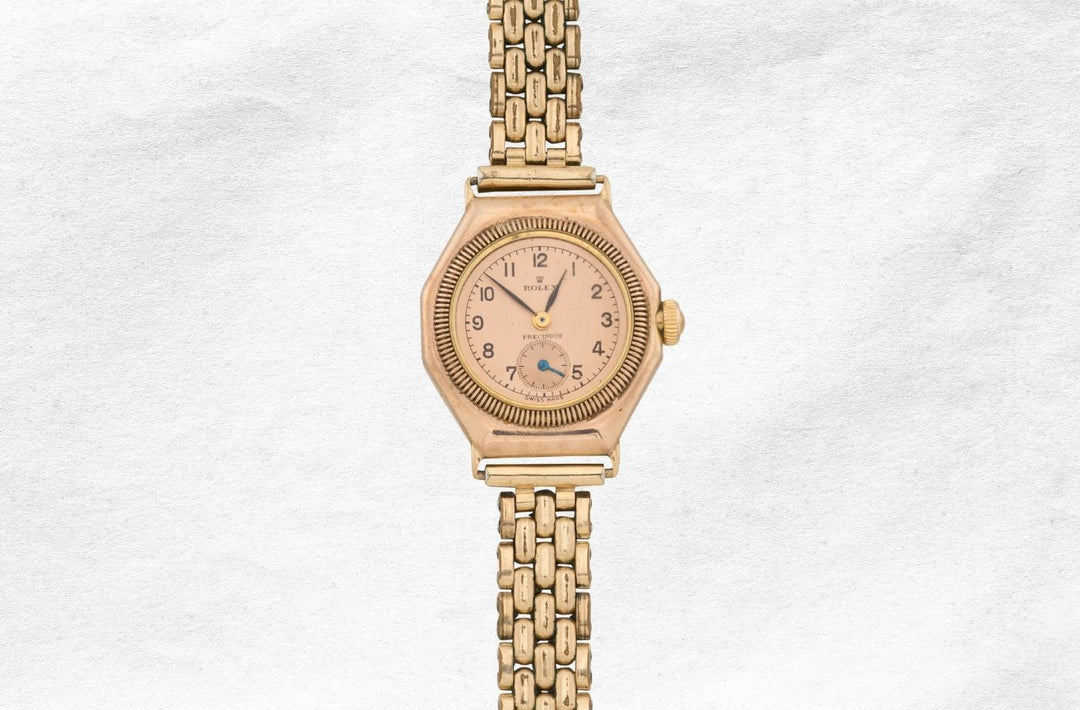Historic Rolex Pepsi GMT ‘Moon Watch’ Set for Auction with $400,000 Estimate
A significant piece of space exploration history is set to be auctioned, as the first Rolex ever worn by an astronaut on the moon is expected to fetch an estimated $400,000. While Omega’s Speedmaster is often synonymous with lunar missions from the 1960s and 70s, the Rolex GMT-Master worn by Commander Edgar Mitchell during the Apollo 14 mission in 1971 allows Rolex to assert its own claim to the title of "moon watch."

Visit the auction here: https://www.rrauction.com/auctions/lot-detail/349244007026286-apollo-14-flown-rolex-gmt-master-pepsi-watch-from-the-personal-collection-of-edgar-mitchell-one-of-two-apollo-flown-rolex-watches-ever-sold-at-auction/
The timepiece in question is a Rolex GMT-Master chronometer (Reference #1675), which has been listed for sale by RR Auctions in the United States. The watch features a black dial and a Pepsi 24-hour GMT bezel; it is presented on its original Rolex Steelinox bracelet, complete with a flip-lock clasp. Notably, the caseback is engraved with a personal message: “Worn by Cdr. E. Mitchell on Apollo 14, 1971, To Karlin — My Daughter.” According to RR Auctions, the watch is in fine cosmetic condition, exhibiting only light scratches and wear from use; however, its functionality remains untested.


Accompanying the watch is a certificate of authenticity, signed by Commander Mitchell himself, which confirms that “the accompanying Rolex watch was worn by me during the Apollo 14 mission.” It is worth noting that although all Apollo astronauts were issued Omega Speedmaster Professional watches, some, including Mr. Mitchell, opted for their Rolex chronometers. Photographic evidence shows Mr. Mitchell wearing the Rolex in both pre-flight images and within the Apollo 14 capsule.
Historically, the only other Rolex worn on an Apollo moon mission to be auctioned was another Pepsi GMT, which belonged to astronaut Ron Evans from Apollo 17; it was reportedly purchased by Rolex for $131,450 in 2009. The bidding for this remarkable piece of history will conclude on October 25.














